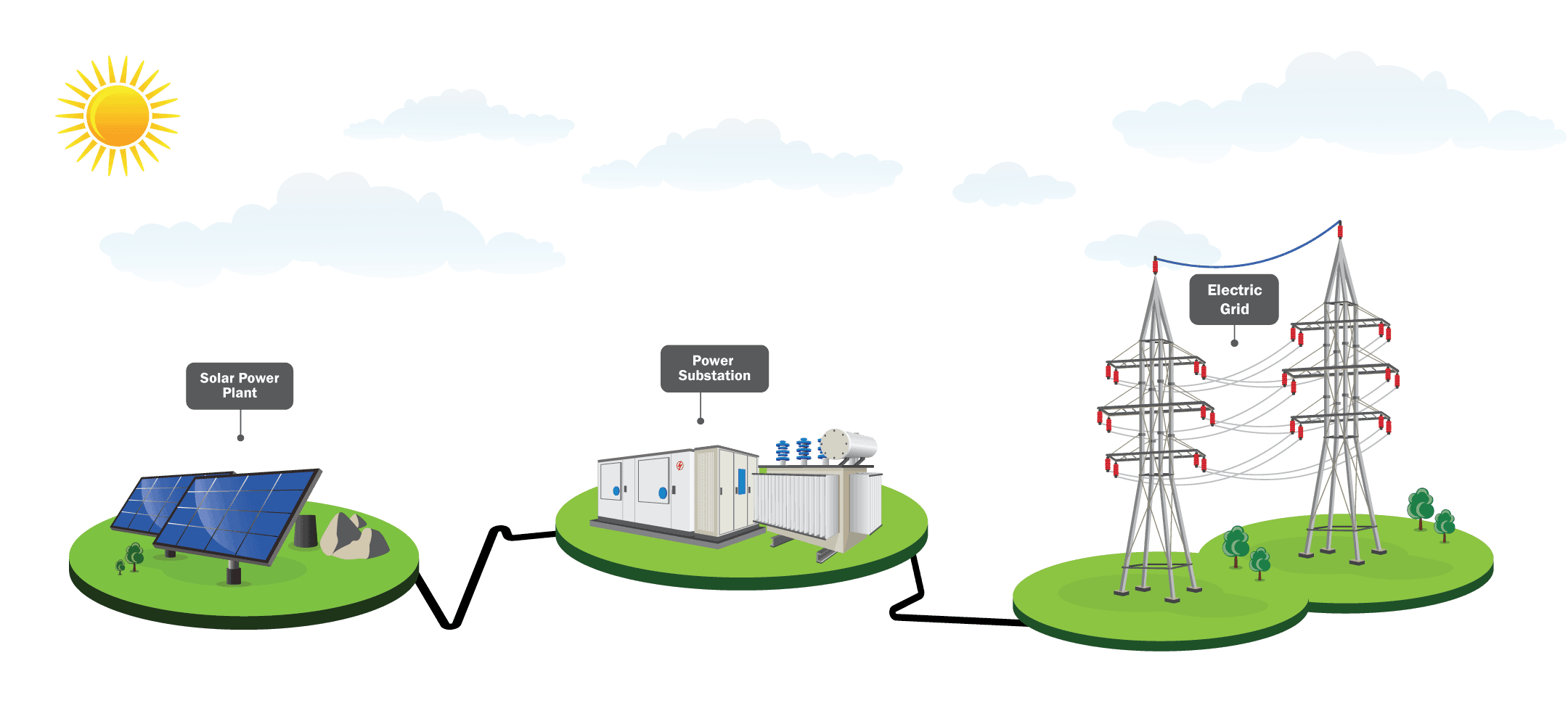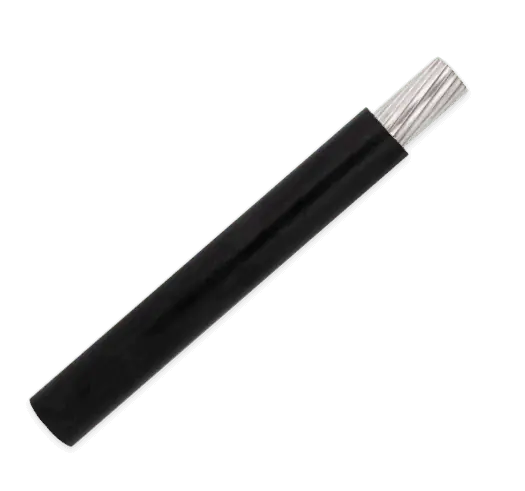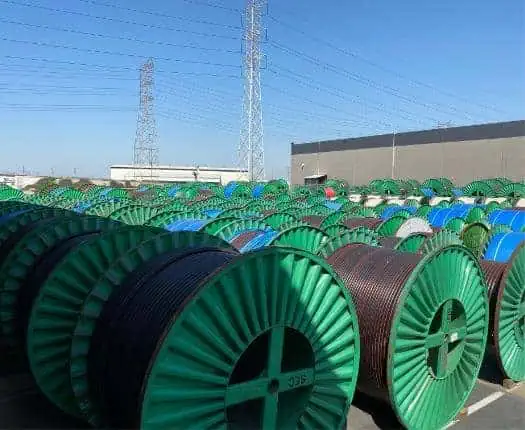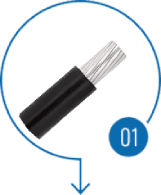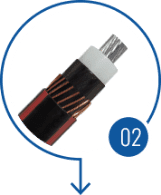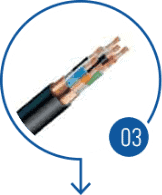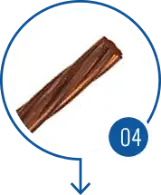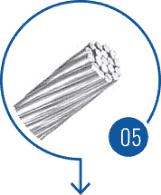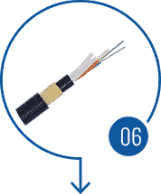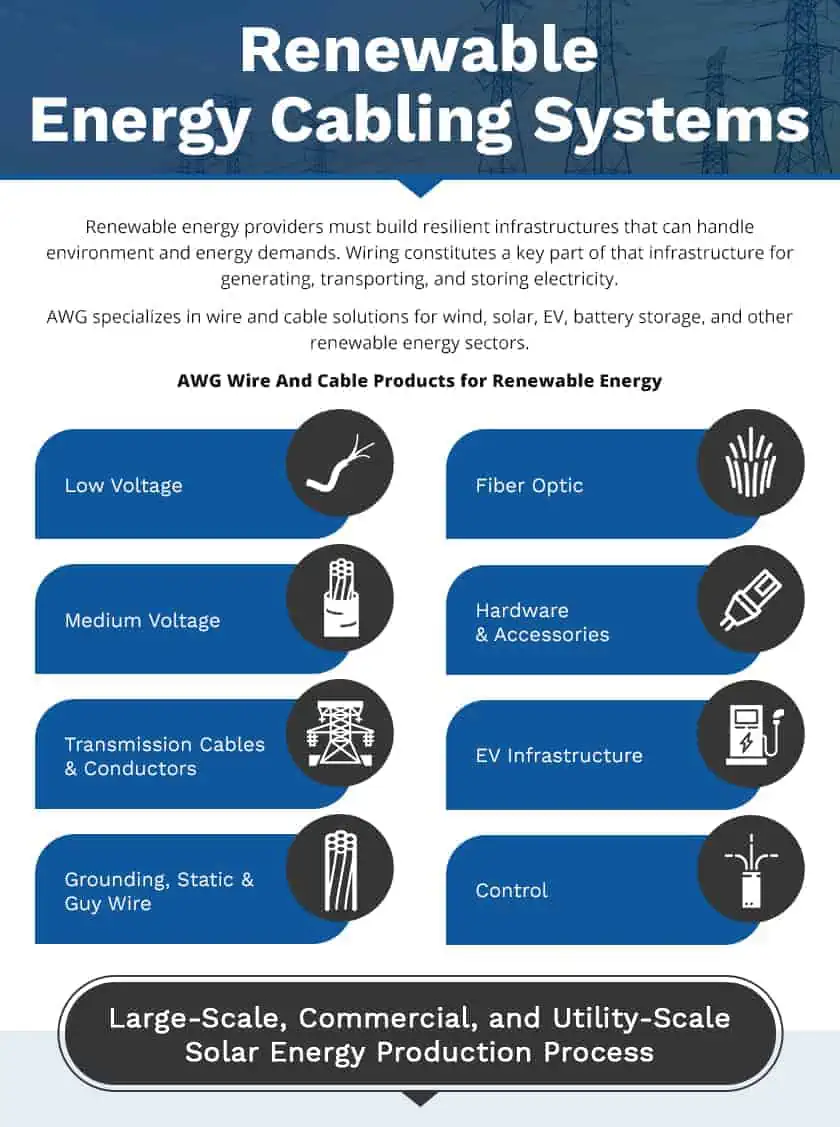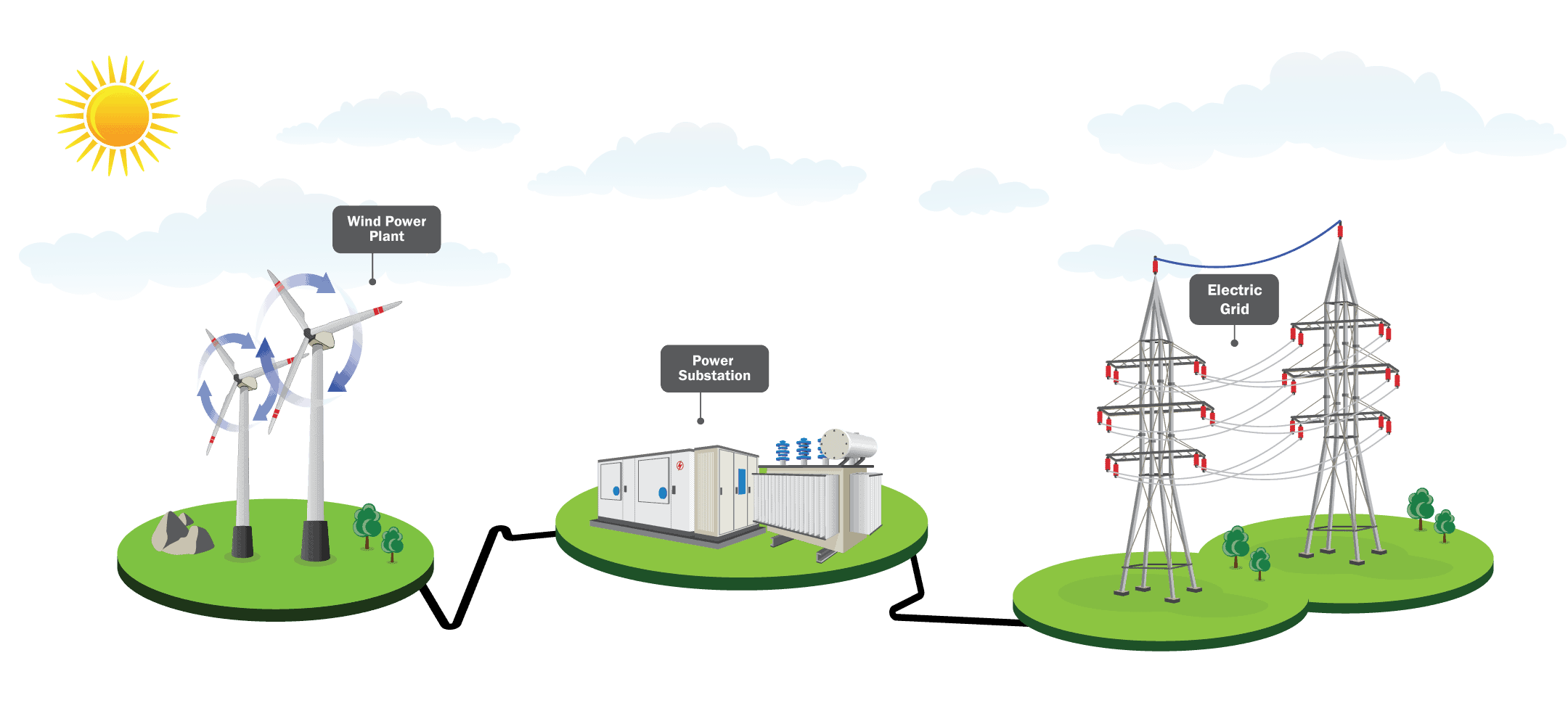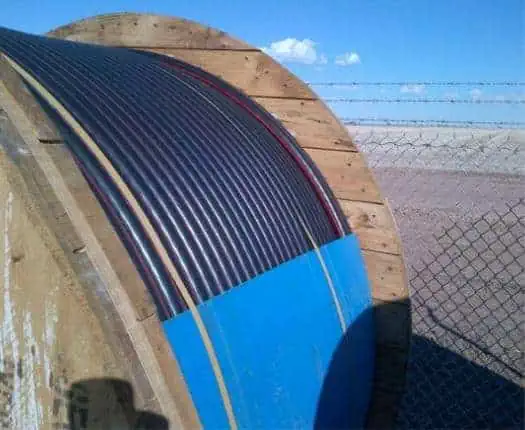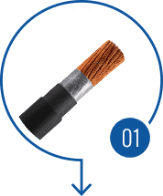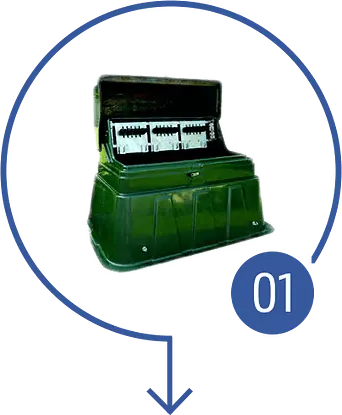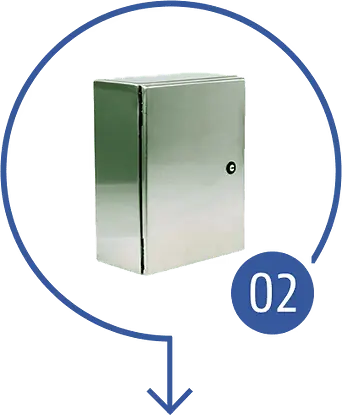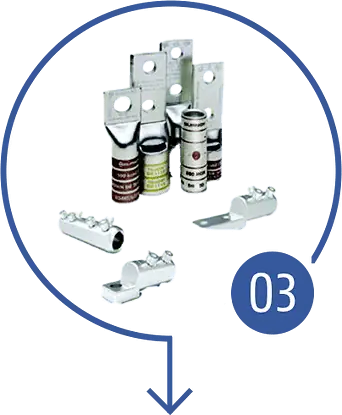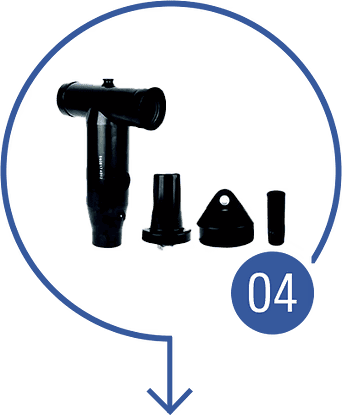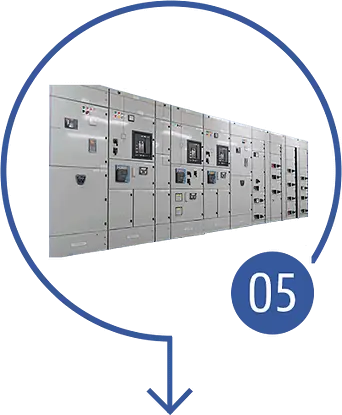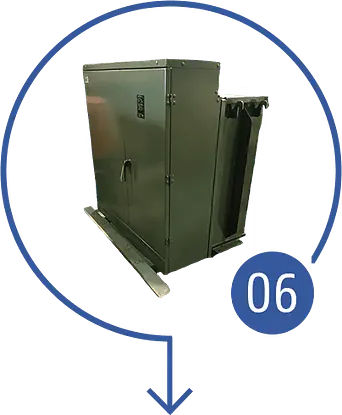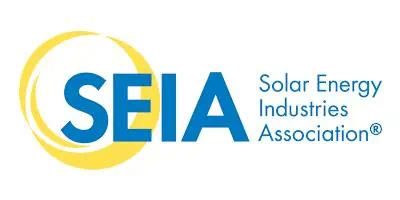Renewable Energy Cabling Systems
The renewable energy industry has grown rapidly as companies increasingly recognize its potential to reduce emissions and cut costs. Solar and wind farms produce massive amounts of energy that can be directed to diverse industrial processes. However, to do so, renewable energy providers must build resilient infrastructures that can handle challenging environments and changing energy demands. The wire, cable, hardware and equipment all constitute a key part of that infrastructure for generating, transporting, and storing electricity.
AWG specializes in WIRE, CABLE, HARDWARE and EQUIPMENT solutions for wind, solar, EV, battery storage, and other renewable energy sectors. We have the nation’s largest inventory of wire and cable for the renewable energy markets and pride ourselves being able to deliver product in days, not weeks.
The renewable energy sector relies on the following AWG wire and cable products:
AWG also offers a range of cables tailored to the unique needs of the renewable energy industry.
Our patented TowerGuard® CCA 2kV weighs and costs approximately 35% less than conventional copper RHH/RHW-2 cables. Its flexibility and chemical resistance make it ideal for use in both turbines and solar power generators.
These cables—and others in our catalog—are perfectly suited to demanding renewable energy applications
Commercial and Utility-Scale Solar Energy Production
The solar industry efficiently produces energy for a wide range of commercial sectors, each of which benefits from diversifying its energy sources.
Commercial solar power relies on large-scale solar photovoltaic (PV) power plants, which draw energy from hundreds of thousands of discrete panels. When the sun strikes one of these panels (or modules), its PV cells absorb the energy, generating an electrical field. The electricity then passes through an inverter on its way to a battery. Photovoltaic wire, or PV wire, is a single insulated conductor used to interconnect the solar panels in a solar farm.
Neither individual panels nor solar farms could function without a network of durable solar power wire, cable, hardware and equipment.
For this vital interconnection, solar energy wire and cables are used to connect these units and distribute the generated current. PV wiring is suitable for use in grounded and ungrounded photovoltaic power systems, generally rated up to 2 kV, in free air, raceways or direct burial in accordance with the NEC (United States) or Canadian Electric Code (CE). When leveraging open air installation wires are tied to racking, offering a fast and cost-effective solution.
How Solar Cables Support Large-Scale Renewable Energy Equipment
Solar panels themselves consist of frames that contain glass-covered solar cells. These cells are the units that generate charge in response to sunlight. The solar panels interconnect, resulting in strings, and lead back to a combiner box. Monitoring systems track energy yield and alert technicians to faults. These components work together to create solar energy for commercial buildings.
Photovoltaic Wire
- What is Photovoltaic Wire?
What is Photovoltaic Wire?
Solar panel interconnection strings go back to a combiner box. They are in an open air installation, tied to a racking system. This involves running a 12 AWG to 8 AWG wire from the combiner box to the ground in a short run (less than 100 feet).
PV wire can also connect combiner boxes to inverters. These wires are usually power-sized aluminum cables (4/0 AWG to 1000 kcmil) that extend for hundreds of feet. Direct burial or trench installation can accommodate many circuits in a single common trench. This cost-effective method allows for native backfill to support the foundation.
- Types of PV Wire
Types of PV Wire
PV wire comes in different varieties to suit different applications in the assembly.
AWG’s SunGuard XLPE Photovoltaic Wire is engineered specifically for grounded and ungrounded solar power connectors. These conductors are rated for high crush, moisture, and chemical resistance and can be used above and below ground.
- Selection Considerations
Selection Considerations
Wires are critical to the function of any PV system, so it’s important to choose the right ones for your system. The right PV wire is rated for the appropriate voltage and can withstand your installation and working conditions. Solar power equipment manufacturers are typically most concerned with:
Conductor Size
Conductor size is defined by conductor cross-sectional area, not diameter.
Material
Wires are typically available in aluminum or copper. Aluminum allows you to save money and weight. Copper wiring is on average about 3 times heavier than an aluminum wiring (8000 Series). Typical aluminum alternative to copper for a given circuit is: About 50% the weight of copper, and about 8% larger diameter (on average).
Insulation
Different conditions call for different types of insulation. Insulated wires are able to withstand voltage stresses, operate over a wide temperature range, and are better equipped to withstand mechanical abuse such as abrasion and flexing, as well as chemical attacks from water, oils, gases.
Solar Power Cables
- What are Solar Power Cables?
What are Solar Power Cables?
Cables for solar systems are a collection of multiple solar wires bound together by a jacket. They can accommodate higher voltages and may be used for connections above or below ground. Solar cables are specifically designed to withstand harsh weather conditions, including UV rays, moisture, and extreme temperatures.
- Types of Solar Power Cables
Types of Solar Power Cables
Solar cables differ based on their type, number, and arrangement of conductors, which determines their performance characteristics. Low-, medium-, and high-voltage cables are all available to fulfill different roles in a facility.
Another important distinction is whether a cable is compatible with grounded or ungrounded systems.
- Selection Considerations
Selection Considerations
Selection considerations for cables are similar to those for wires:
Size
The selected conductor size must be able to safely carry the maximum current generated by the system. Selecting a conductor size in accordance with the NEC or the Canadian Electrical Code is required for a safe, Code compliant installation.
Insulation
Cables are more likely to be used outdoors or underground, so they need to resist sunlight, moisture, varying temperatures, and chemical exposures. Ensure that the type and thickness of a cable’s insulation suit your application.
Cable Certification
Renewable energy cables should typically be UL-listed or CSA approved
Wiring Technology for Renewable Wind Energy
Turbines leverage power from the wind to provide clean, reliable energy. Today’s global wind power capacity sits at 743 gigawatts, according to the Global Wind Energy Council, and the industry continues to grow.
Wind turbines powering this production may be situated on land or offshore. Offshore turbines are significantly larger and generate more energy thanks to the massive power of ocean winds. Still, to maximize production, both kinds of turbines are often arranged into farms in very windy areas. However, they can also be installed at or near the site where the power will be used. In this case, they are referred to as distributed wind.
A wind turbine has propeller-shaped blades that spin around a rotor when they capture airflow. The rotor’s movement spins a generator, creating electricity.
The Instrumentation and Design Behind Large-Scale Wind Power
A typical turbine consists of blades connected to a rotor, both mounted on a tall shaft. The rotor connects to the nacelle, which is the box that contains the generator. Wind turbine cables are necessary to connect these components, but also to transport energy from the generator to its place of storage or use.
To function outdoors under varied conditions, wind turbine construction materials must be rugged while remaining lightweight. This is especially critical when considering offshore wind energy technology, which is buffeted by saltwater and high winds.
Wind Turbine Construction Materials: Wire & Cable
- What are Wind Farm Cables?
What are Wind Farm Cables?
Wind farm cables are the conductors used within wind farms, as well as those used to connect large-scale wind power to the electrical grid.
- Types of Wind Farm Cables
Types of Wind Farm Cables
Wind turbine energy cables vary in size, construction, and application. A typical turbine requires low-voltage cables in the nacelle, along with medium- and high-voltage cables to transport power within and beyond the tower. Control cables are also necessary to manage the flow of electricity.
- Selection Considerations
Selection Considerations
Different cables should be used at different points in a turbine or wind farm. Key considerations include:
Size
A cable’s size determines its voltage capacity and influences its physical properties, such as flexibility and torsional strength.
Insulation
Wind farm cables are often exposed to very low temperatures, saltwater, and oil. The entire cable’s construction should support these possibilities, but the most critical is its insulation.
Conductor
Both conductor size and material are considerable factors for selecting wind power cabling. Aluminum cables are increasingly replacing copper cables as tower and base components because aluminum is cheaper and 60% lighter. As for size, the larger the internal area of a conductor, the less resistance it creates. This allows cables to produce less heat and allow more current to pass through the conductor.
Hardware & Accessories for Renewable Energy
Hardware and accessories play a crucial role in the renewable energy markets by facilitating the efficient and reliable generation, storage, and distribution of clean energy. In order for renewable energy technologies, such as solar panels, wind turbines, and batteries, to function optimally, they require various cable, hardware and accessories such as inverters, panel boards, combiner boxes, lugs, and splices, among others.
These components ensure that the energy generated by renewable sources is transformed into usable electricity, stored safely and efficiently, and delivered to the grid or end-users without interruption.
Additionally, the ongoing development and improvement of hardware and accessories for renewable energy markets are essential for driving down costs, increasing performance, and expanding access to renewable energy solutions for communities worldwide. Learn More
Our Solutions
Battery Energy Storage Systems (BESS)
Battery energy storage systems have become increasingly important in renewable energy applications, particularly in solar and wind farm installations. These systems play a critical role in improving the reliability and stability of power grids, by storing excess energy produced during peak periods and supplying it back to the grid during periods of low demand.
In solar farm applications, BESS are used to address the variability of solar energy production caused by weather changes and daylight cycles. During periods of high sunlight, excess energy is stored in the batteries, which can be used to supply power when the sun is not shining. This allows solar farms to provide consistent and reliable energy output, even during periods of low sunlight.
Similarly, in wind farm applications, BESS can help address the intermittent nature of wind energy production. During periods of high wind speed, excess energy is stored in the batteries, which can be used to supply power when wind speeds are low. This helps to maintain a steady flow of energy to the grid, ensuring a reliable and stable power supply.
Furthermore, BESS can also be used to provide additional services to the grid, such as frequency regulation and grid stabilization. This is particularly important in areas with high levels of renewable energy penetration, where the variability of renewable energy sources can impact the stability of the power grid.
Overall, battery energy storage systems are an essential component of modern renewable energy systems, providing a means of balancing supply and demand, improving grid stability, and ensuring reliable and consistent energy output. As renewable energy continues to grow, BESS will play an increasingly critical role in the transition to a cleaner and more sustainable energy future.
AWG offers solutions for BESS including our BatteryGuard® Copper DLO cable.
Learn more here.
Electric Vehicle Infrastructure Solutions
Despite being a relatively new industry, EV is a rapidly growing industry with immense potential. It has already seen considerable growth and investment. While most early EV buyers have power packs at home, finding a charging station for renters or those in multi-unit residences, along highway corridors is still difficult. Only 10% of Americans have quick access to an EV charging station.
American Wire Group’s primary mission is to improve the speed of deployment and reduce installation costs for the electric vehicle infrastructure buildout by providing a complete solution from inventory, in all aspects of electrical transmission & distribution systems, and power generation. Our range of products includes low voltage, medium voltage, high- and extra voltage power cables, control cables, fiber optics for the electric grid, as directed by the IIJA (Infrastructure and Investment Jobs Act) for Grid Modernization.
AWG’s comprehensive capabilities include delivering more than just wire and cables. We supply critical equipment needed such as transformers, switchgears, panelboards, inverters, power electronics components, hardware and more.
Companies are being challenged to reduce costs, increase quality, energize on time, and increase customer satisfaction. AWG lowers your total project material costs for EV infrastructure deployment projects. That’s why we carry the industry’s largest inventory for EV and grid interconnection projects.
We have invested in our warehouses across the United States and stocked them with inventory to be your single source supplier. With our complete solutions, our customers can deploy an EV charging network efficiently and quickly. By providing full lifecycle support, including full product technical support, for projects of all shapes and sizes, we help you go from conception to energization and beyond.
Learn more about EV Infrastructure here
Renewable Energy Wire & Cable Products
Renewable energy applications present unique demands that strain all but the most reliable cables. AWG offers many wire and cables solutions that can endure these rigors.
See all of our offerings for wire and cable in our online catalog or reach out for more information.


